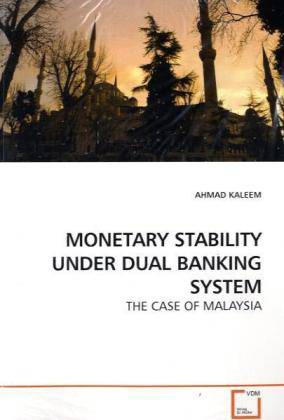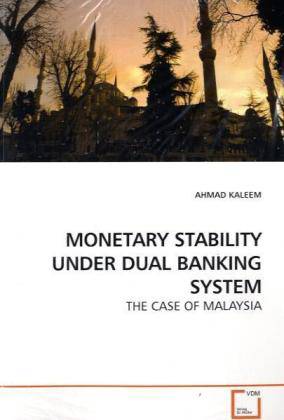
- Afhalen na 1 uur in een winkel met voorraad
- Gratis thuislevering in België vanaf € 30
- Ruim aanbod met 7 miljoen producten
- Afhalen na 1 uur in een winkel met voorraad
- Gratis thuislevering in België vanaf € 30
- Ruim aanbod met 7 miljoen producten
Zoeken
€ 69,45
+ 138 punten
Omschrijving
The pivotal objective of any financial system is to maintain a stable and efficient framework for the distribution and allocation of scarce monetary resources. This book attempts to examine the monetary stability process under the dual banking system. It selects Malaysia as a case where the government aims to run Islamic and conventional banking systems on a parallel basis. The book starts from investigating factors that have affected Islamic and conventional banks deposits held under various schemes. It then defines and develops new Islamic and conventional (M1 and M2) intermediate aggregates and compares their performances. This section also embraces the areas such as developing equations to calculate demand for money, the Central Bank of Malaysia s controllability over Islamic and conventional intermediate aggregates and lastly the effectiveness of both types of intermediate aggregates in achieving economic targets controlling inflation in short-term).
Specificaties
Betrokkenen
- Auteur(s):
- Uitgeverij:
Inhoud
- Aantal bladzijden:
- 200
- Taal:
- Engels
Eigenschappen
- Productcode (EAN):
- 9783639181814
- Verschijningsdatum:
- 24/07/2009
- Uitvoering:
- Paperback
- Afmetingen:
- 152 mm x 229 mm
- Gewicht:
- 304 g

Alleen bij Standaard Boekhandel
+ 138 punten op je klantenkaart van Standaard Boekhandel
Beoordelingen
We publiceren alleen reviews die voldoen aan de voorwaarden voor reviews. Bekijk onze voorwaarden voor reviews.








